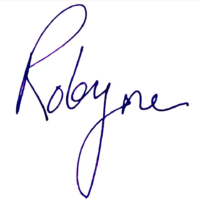Studying the Bible can be a powerful way to get closer to God and find guidance for everyday life, but it can also feel overwhelming when you’re not sure where to begin. Here’s a simple approach to help you get started:

- Start with Prayer
Before diving in, take a moment to pray. Ask God for wisdom, clarity, and understanding. The Bible is His Word, and prayer opens your heart to receive what He wants to show you. - Choose a Translation
Pick a Bible translation that’s easy for you to understand. Some great options are the New International Version (NIV) or New Living Translation (NLT) if you want something straightforward. If you’re looking for a more literal translation, you might like the English Standard Version (ESV). - Pick a Study Plan
Decide where to start. You could focus on a specific book, a topic like love or forgiveness, or even follow a Bible reading plan that takes you through the entire Bible over time. A plan helps keep you on track and makes sure you’re regularly engaging with Scripture. We also recommend trying out our BIBLE READING PLAN! - Read with Intention
Don’t rush through it. Take your time to really absorb what you’re reading. Pay attention to the context and any themes or key words that stand out. It can help to jot down notes, highlight verses that resonate with you, or write questions that come to mind. - Reflect and Apply
After reading, think about how the message applies to your life. What’s one way you can put the principles you’ve learned into practice today? - Use Study Tools
There are a lot of resources out there—commentaries, concordances, study Bibles—that can give you deeper insights into the text. These tools can help explain historical context, define tricky words, or give you a scholar’s take on the passage. You can often find these resources online for free.
By making Bible study a regular part of your life, you’ll find yourself growing in faith, wisdom, and a deeper understanding of God’s Word.
With Joy,
